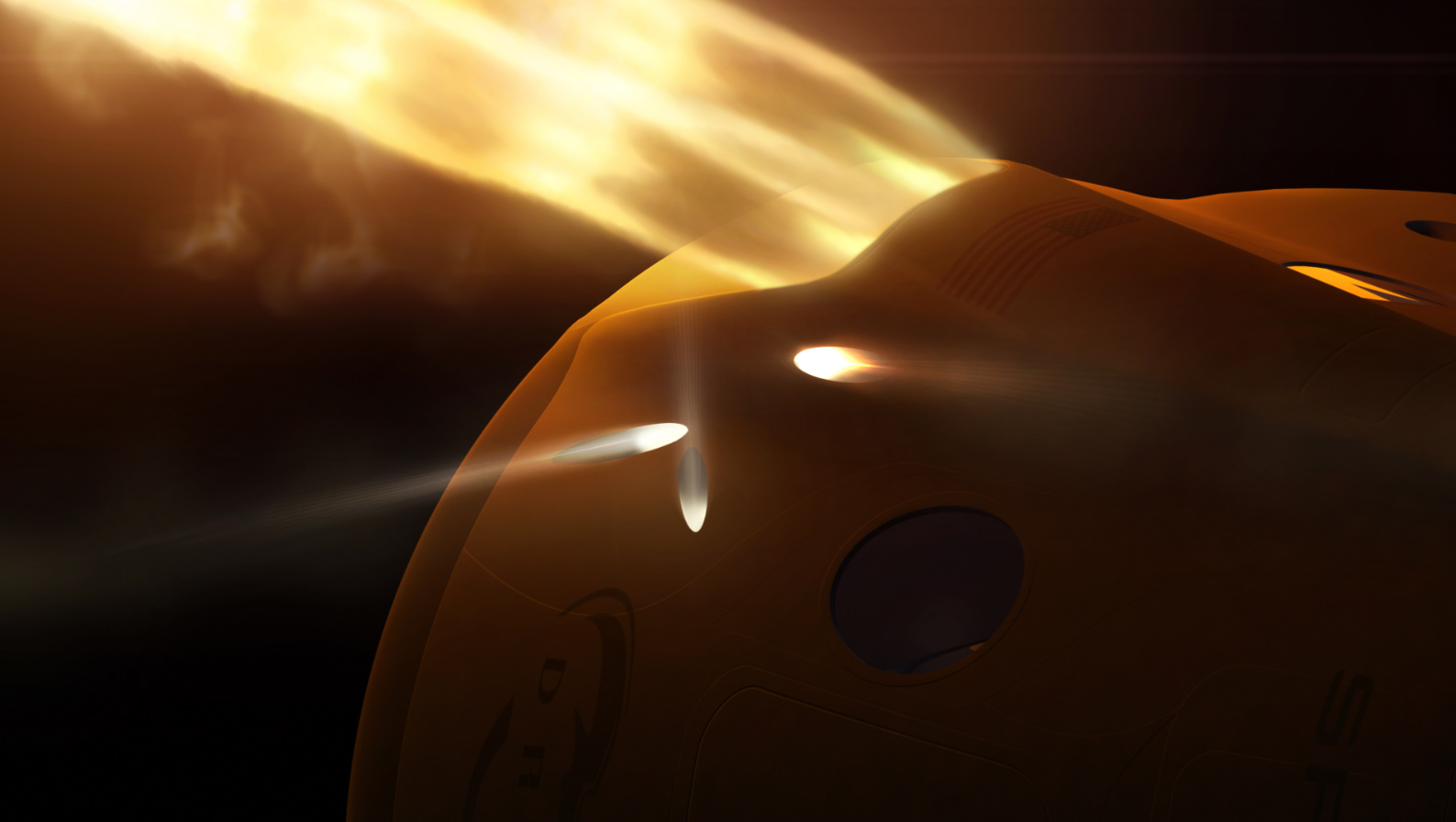The trick is that mass isn't a concept coupled to volume. Mass is an attribute carried by the Higgs field. What we think of as matter occupies volume due to being dispersed across space by the balance of strong/weak forces vs gravity. Once gravity wins that battle the focus of the Higgs field concentrates in a point. You aren't actually making anything bigger or smaller, you're just changing the distribution of mass over space. (Or maybe space itself concentrates. This is where my pop physics education starts to fail me.)
Matter is 100% empty space. If you could cut open quarks with an infinitely small knife you wouldn't find anything inside them. Matter as we know it is just a phenomenon that occurs when the forces and the Higgs field are balanced within a certain range. It's just different forms of energy repelling and attracting each other, all the way down. That's why E=mc^2, and why particle physicists measure masses in units of energy.
(It's easy enough for me to type this, but it's a complete mindfuck when you think about it in practical terms.)
Density = mass / volume. From an outside observer's perspective, volume is not "removed", exactly. The term just becomes 0 as the mass concentrates due to gravity overwhelming everything else. Holding volume at 0, you can put however much mass you want at that point. Forces go up and the event horizon expands, but nothing actually gets "bigger" due to the addition of more mass because mass does not require or carry space.
From the perspective inside the singularity gravity literally destroys the X, Y, Z, and time dimensions from spacetime and "volume" has no meaning.

















